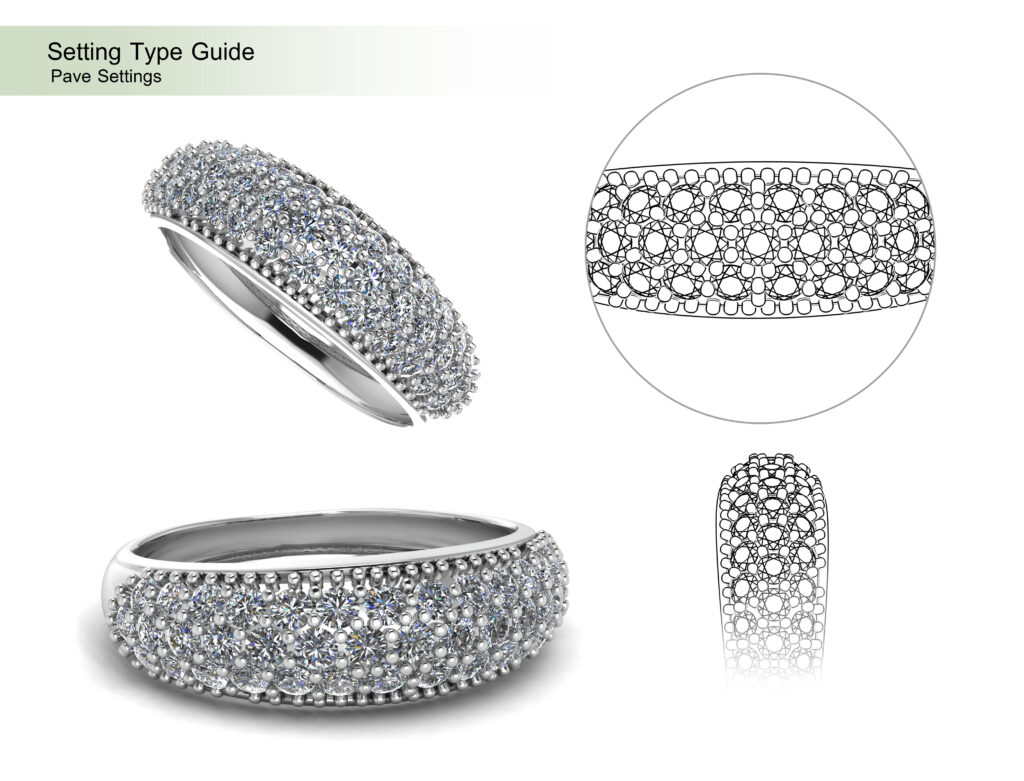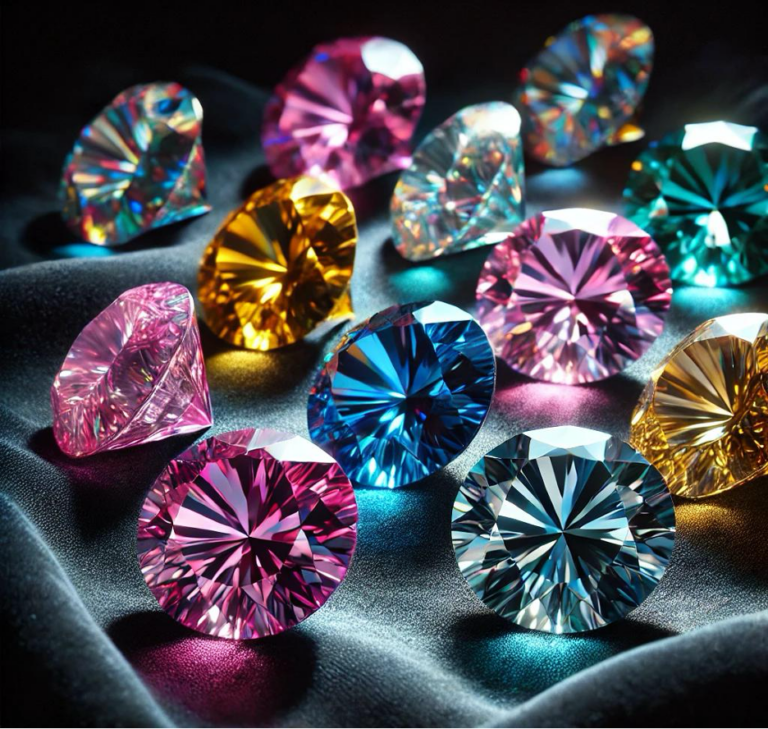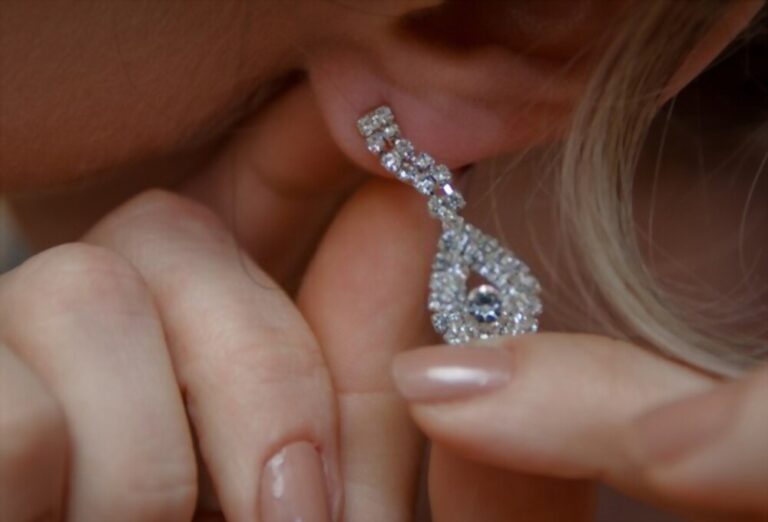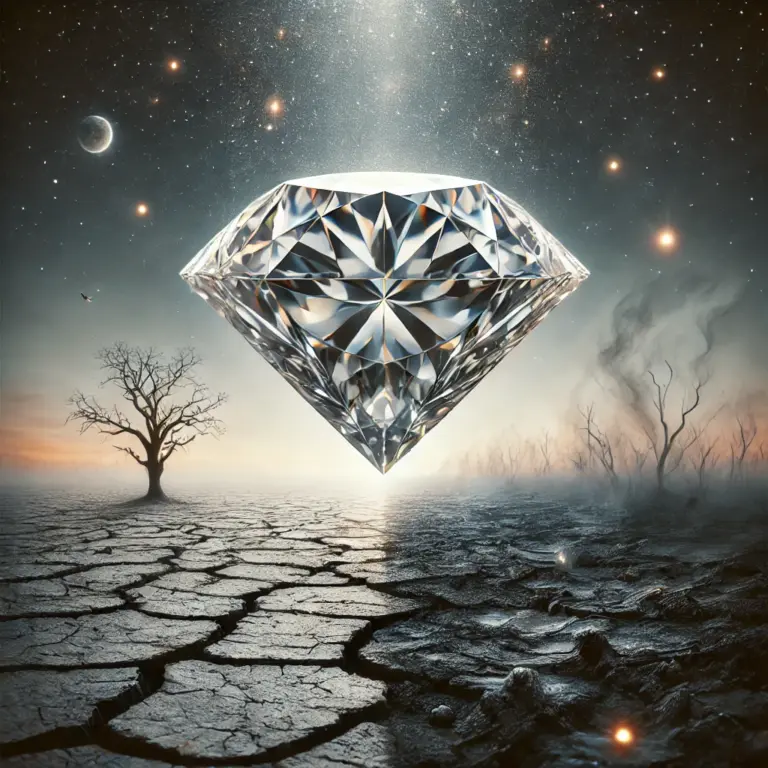If you’re captivated by sparkle and want your jewellery to truly “shine bright like a diamond,” a pavé setting is the perfect choice. This setting style lends a romantic allure to jewellery by creating a dazzling effect that conceals much of the metal beneath a blanket of diamonds.
Derived from the French word “pavé,” meaning “to pave,” this technique involves securing small diamonds in place with tiny metal beads. The result is a glowing pathway of diamonds that draws attention to the centre stone. The diamonds are set so closely together that the metal beneath them becomes almost invisible.

Types of Pavé Setting
- Micro Pavé: This setting is used when accent diamonds are placed very close together to cover an entire band or create an all-over surface effect. It emphasises the diamonds while minimising the visibility of the metal. Often, this style can accommodate at least 50 tiny diamonds. Achieving this look requires a high level of precision and expertise from the jeweller.
- Petite Pavé: Similar to the classic pavé setting, the petite pavé features diamonds placed closely together but held by extremely small prongs. This technique enhances the diamonds’ brilliance, making them appear even more prominent and radiant.
- French Pavé: Also known as fishtail pavé, this style features intricate V-shaped metalwork on the front that resembles the tail of a fish. This design allows more light to reach the stones, revealing less metal on the surface. The French pavé is particularly distinctive due to its fascinating texture and detailed craftsmanship.
- U-Cut Pavé: The most common of pavé settings, the U-cut pavé gets its name from the U-shaped cutouts carved into the metal. Diamonds are set into these cutouts, creating a wavy or scalloped pattern. This style favours a higher diamond-to-metal ratio, which enhances light reflection and brilliance.
- Bright Cut Pavé: Bright cut pavé, often referred to as channel-set pavé, is a traditional setting ideal for accent stones that require extra durability. This style secures diamonds between two metal walls, which slightly reduces their sparkle due to a higher metal-to-diamond ratio. However, it offers greater protection and stability for the stones.




